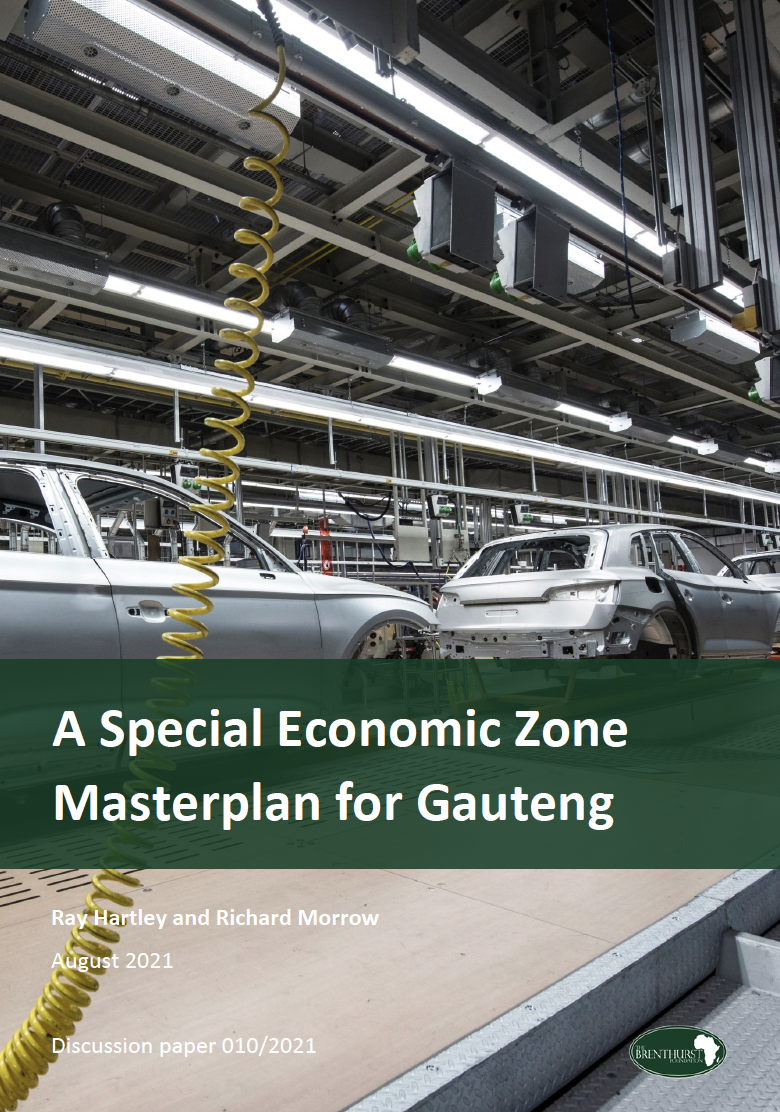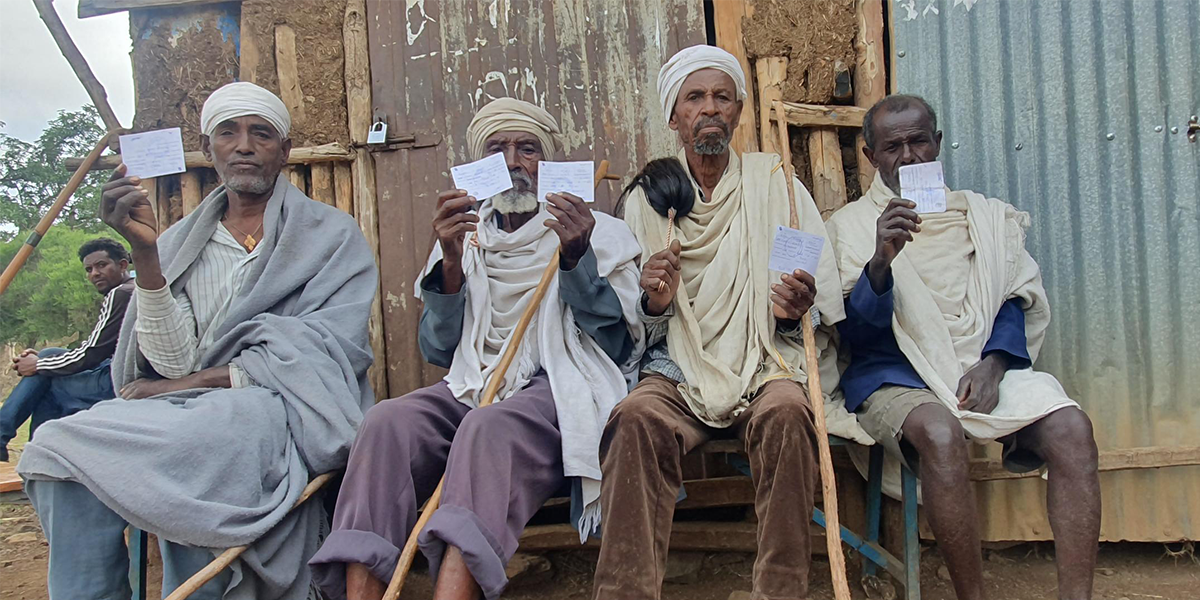Publications
A Special Economic Zone Masterplan for Gauteng

Researcher, The Brenthurst Foundation

Research Director, The Brenthurst Foundation
With the goal of creating a seamlessly integrated, socially cohesive, sustainable and economically inclusive Gauteng City-Region (GCR), the Gauteng government has decided to undertake an ambitious journey using Special Economic Zones (SEZs). By using SEZs as its primary vehicle, the provincial government aims to boost manufacturing, exports, and employment, and eventually convert the GCR into a single, multi-tier SEZ. If developed and governed correctly, these SEZs can play a vital role in strengthening the region's economy and improving the livelihoods of the 17-million people who call it home, thereby achieving the objectives.
However, while the prospect of delivering socio-economic growth to the region using SEZs is an attractive—and certainly achievable—goal, one cannot overlook the many challenges and shortcomings which can result in failure. There are numerous examples of SEZs which set out to achieve ambitious goals with the support of government, only to later become white elephants. The reasons for their failure vary: from poor choice of location, to overbearing political interference, to an inability to leverage the comparative advantages of the economy in which they were located. A common theme among many of these white elephants has been the mindset that SEZs can serve as a silver bullet or panacea for economic growth and prosperity. This is not the case.
This strategy document has sought to dismiss these whimsical beliefs and has outlined a comprehensive approach towards developing successful SEZs by focusing on the specific actions which will need to be implemented by the Gauteng government. By combining global best practices with an understanding of the opportunities and threats that exist within the GCR, this strategy argues for a series of actions aimed at creating functional and investor-friendly SEZs; boosting manufacturing and exports; and stimulating employment.
Creating functional and investor-friendly SEZs will require implementing a streamlined governance structure for each SEZ, the adoption of a hybrid energy solution, and collaboration among stakeholders to bolster InvestSA's capabilities. When looking at manufacturing and exports, a strong focus needs to be placed on high-growth and value-add industries as well as supporting local startups and fledgling industries. Finally, the Gauteng government will need to encourage backward linkages between SEZs and the local economy, in addition to prioritising the adoption of 'Industries Without Smokestacks' (IWOSS) as a means of stimulating employment.
It is by incrementally developing functional and successful SEZs that the Gauteng government can convert the GCR into a single, multi-tier SEZ. This methodical approach will see the GCR transformed into a region whereby each SEZ functions optimally and can operate in an environment that allows for frictionless engagements between each SEZ and the broader economy.
This vision can be achieved. It is only by marrying the big picture with actionable measures — namely those outlined in this strategy document — that the Gauteng government will see its vision materialise.


